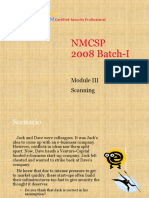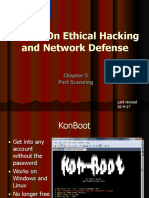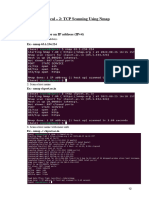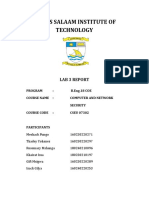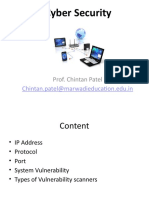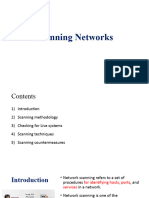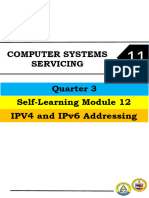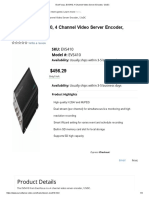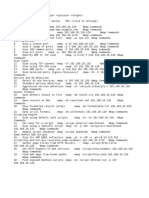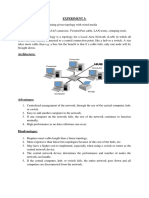0% found this document useful (0 votes)
12 views31 pagesScanning
Network scanning is a method used to identify hosts, ports, and services within a network, which can aid attackers in profiling target organizations. Various scanning types include port scanning, network scanning, and vulnerability scanning, each serving distinct purposes in assessing network security. Techniques for evading IDS/firewalls and tools for scanning, such as Nmap and Angry IP Scanner, are also discussed, along with countermeasures to mitigate scanning risks.
Uploaded by
caden87599Copyright
© © All Rights Reserved
We take content rights seriously. If you suspect this is your content, claim it here.
Available Formats
Download as PDF, TXT or read online on Scribd
0% found this document useful (0 votes)
12 views31 pagesScanning
Network scanning is a method used to identify hosts, ports, and services within a network, which can aid attackers in profiling target organizations. Various scanning types include port scanning, network scanning, and vulnerability scanning, each serving distinct purposes in assessing network security. Techniques for evading IDS/firewalls and tools for scanning, such as Nmap and Angry IP Scanner, are also discussed, along with countermeasures to mitigate scanning risks.
Uploaded by
caden87599Copyright
© © All Rights Reserved
We take content rights seriously. If you suspect this is your content, claim it here.
Available Formats
Download as PDF, TXT or read online on Scribd
/ 31






